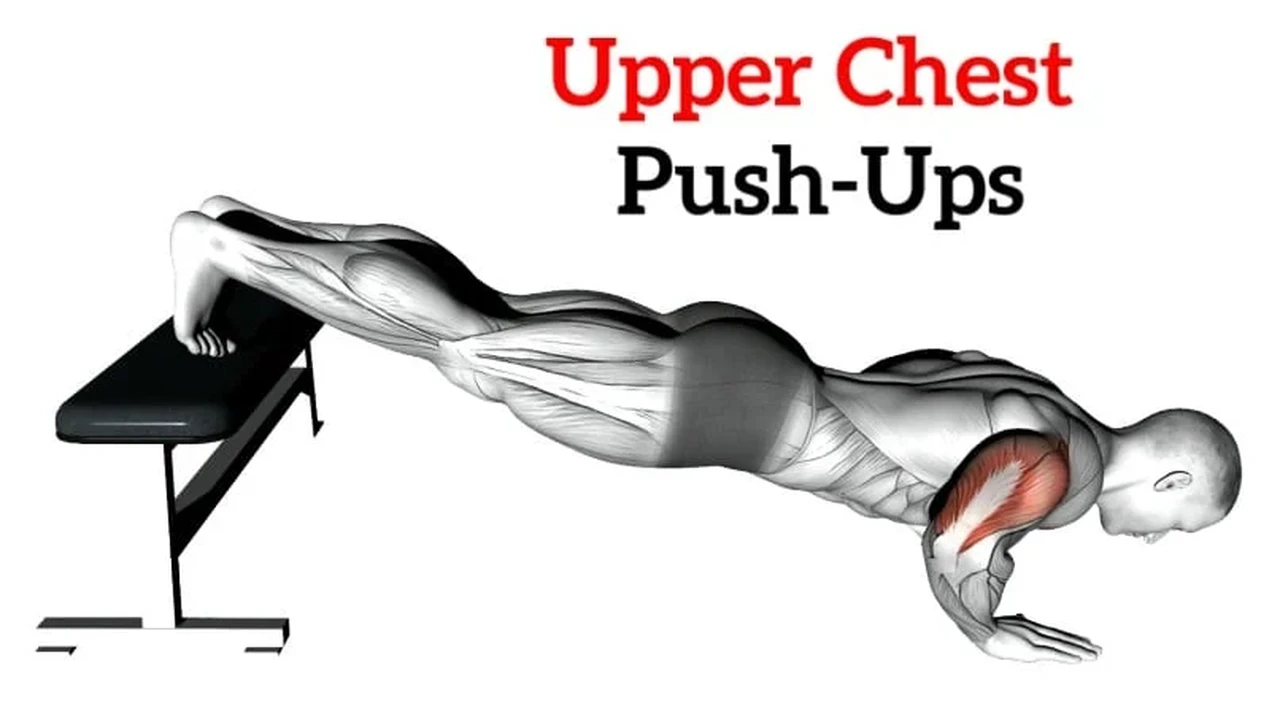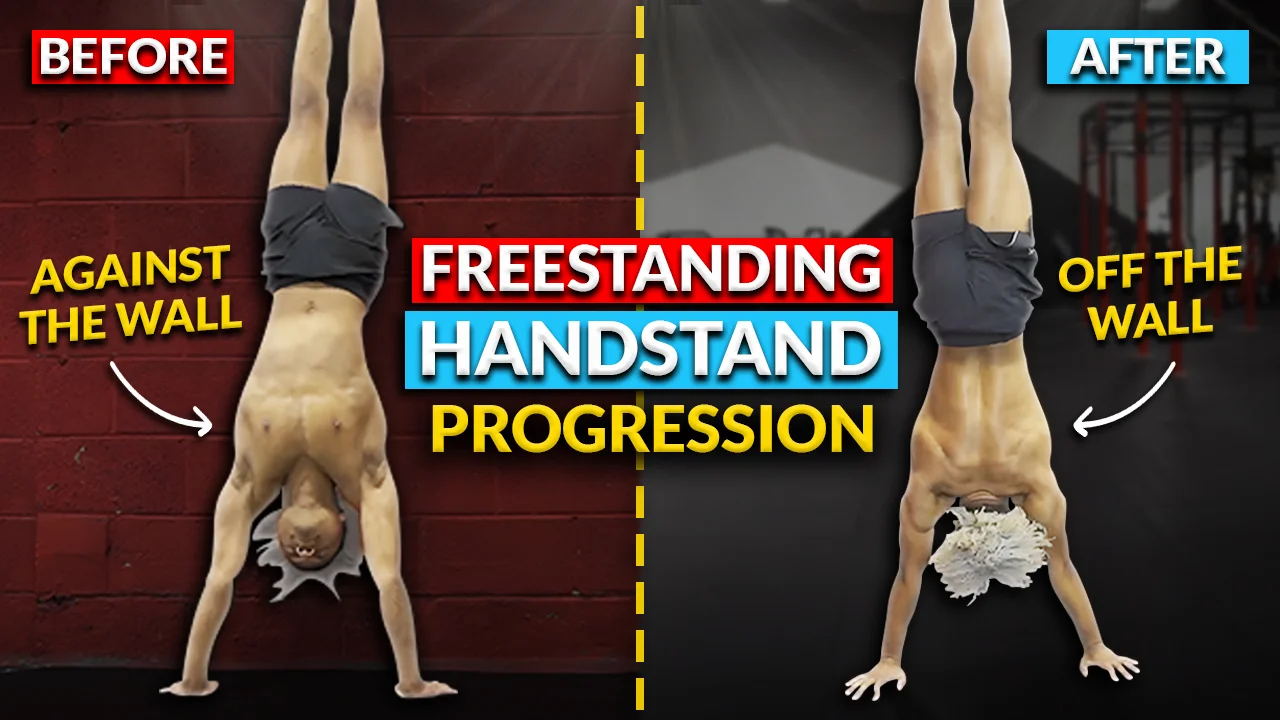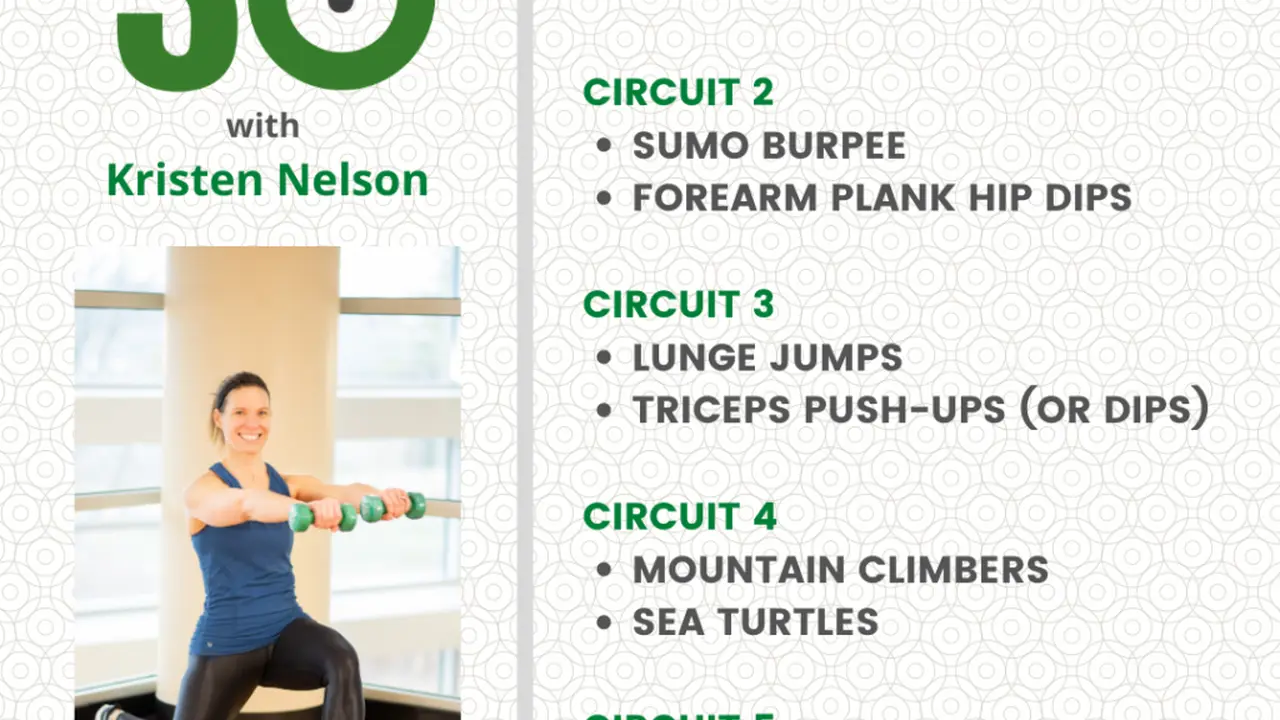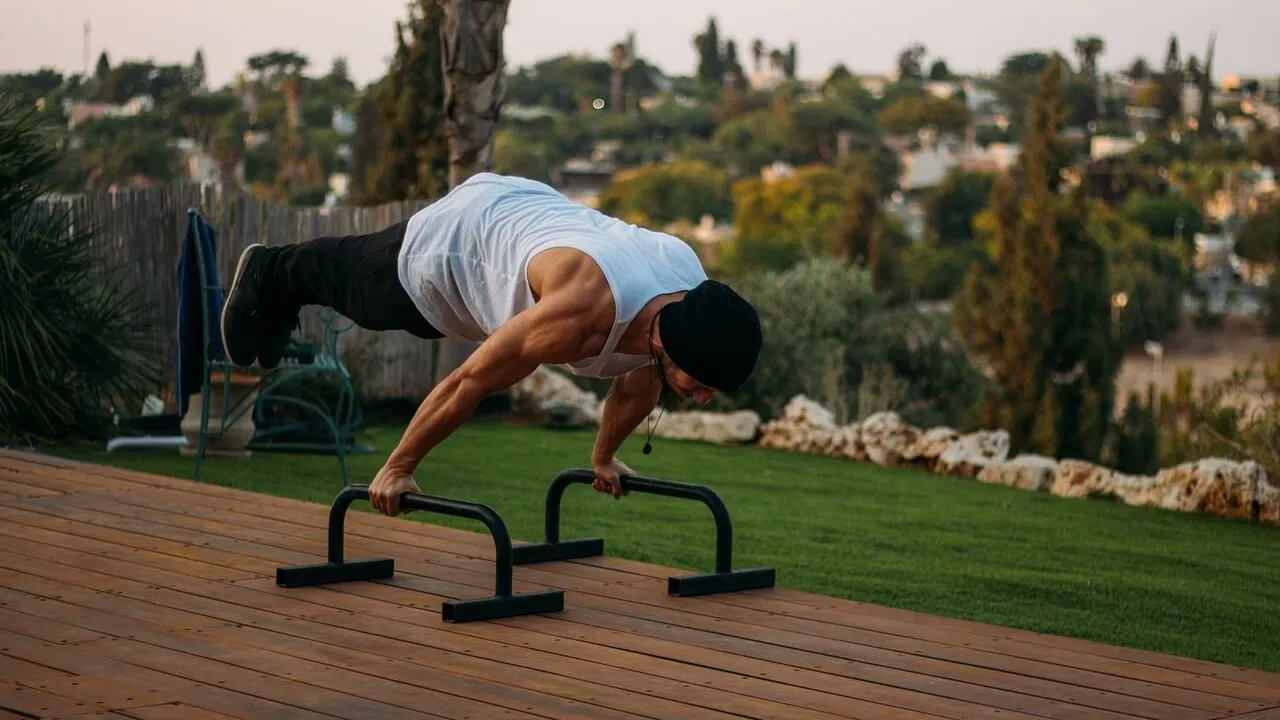Best Pull-Up Bars for Home: Reviews and Comparisons
The search for the perfect pull-up bar for your home gym can be overwhelming. There are so many options out there, from doorway bars to wall-mounted units, each with its own set of pros and cons. This guide breaks down the best pull-up bars for home use, offering detailed reviews, comparisons, and usage scenarios to help you make the right choice. We'll also dive into specific product recommendations, pricing, and what to consider before you buy.
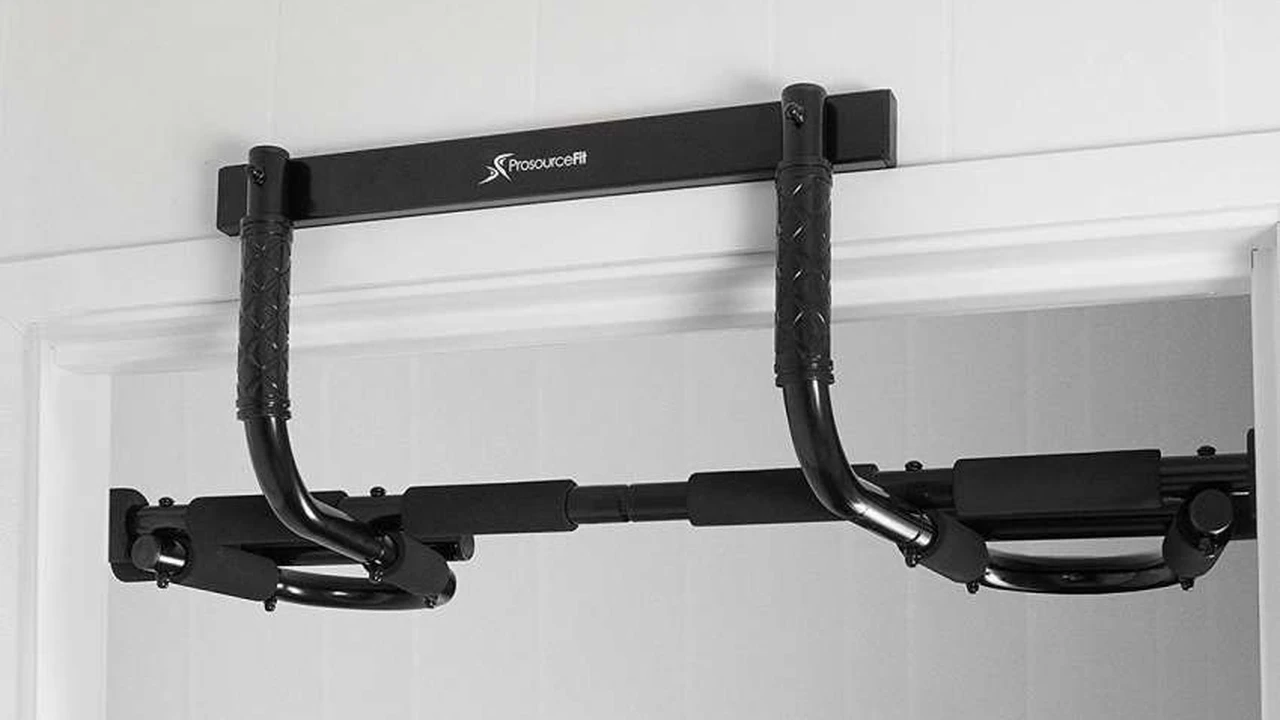
So, you're looking to level up your calisthenics game, huh? A pull-up bar is a fantastic piece of equipment for building upper body strength, and the convenience of having one at home is unbeatable. But with so many choices, where do you even start? Let's break down the different types and some top picks.
Doorway Pull-Up Bars A Convenient and Affordable Option
Doorway pull-up bars are probably the most common type you'll see. They're affordable, easy to install (usually!), and don't take up a ton of space. They typically use leverage to stay in place, pressing against the doorframe. However, they can damage your doorframe if you're not careful, and the range of motion can be limited.
ProsourceFit Multi-Grip Chin-Up/Pull-Up Bar: This is a solid entry-level option. It's relatively inexpensive (around $30-$40), easy to set up, and offers multiple grip positions. It's great for beginners or those with limited space. However, it does require a sturdy doorframe, and the weight capacity might be a concern for heavier individuals. Usage Scenario: Perfect for quick workouts between meetings or before heading out. Just hop up and crank out a few reps!
Iron Gym Total Upper Body Workout Bar: Another popular choice, the Iron Gym bar is similar to the ProsourceFit but often marketed with more emphasis on its "total upper body workout" capabilities. It allows for wider grip pull-ups and can also be used on the floor for push-ups and dips. Again, watch out for your doorframe! Price is similar, around $35-$45.
Wall-Mounted Pull-Up Bars Stability and Versatility
If you're serious about your pull-up training, a wall-mounted bar is a great step up. They're much more stable than doorway bars and can usually handle a higher weight capacity. Installation is more involved, requiring drilling into studs, but the payoff is a secure and reliable pull-up station.
Titan Fitness Wall Mounted Pull-Up Bar: Titan Fitness offers a robust wall-mounted bar that's built to last. It features a straight bar design and a weight capacity of up to 500 lbs. It's a good choice for those who want a simple, no-frills pull-up bar that can handle heavy use. Expect to pay around $70-$90. Usage Scenario: Ideal for a dedicated home gym space where you want a permanent pull-up station for regular workouts.
Rogue P-4 Pull-Up System: Rogue Fitness is known for its high-quality equipment, and the P-4 pull-up system is no exception. It's a more expensive option (around $150-$200), but it's incredibly durable and features a powder-coated finish for added grip. The P-4 also offers more mounting flexibility. Usage Scenario: If you're a serious athlete or plan on incorporating weighted pull-ups into your routine, the Rogue P-4 is a worthy investment.
Ceiling-Mounted Pull-Up Bars Maximum Space Efficiency
Ceiling-mounted pull-up bars are a niche option, but they can be a lifesaver if you're extremely short on wall space. They require even more careful installation than wall-mounted bars, as you'll need to ensure you're drilling into solid joists. However, they offer a very stable and space-efficient pull-up solution.
Stud Bar Ceiling Mounted Pull Up Bar: This bar is designed to mount directly to ceiling joists, providing a secure and stable pull-up platform. It's a bit pricier (around $180-$250), but it's built to last and can handle a significant amount of weight. Usage Scenario: Perfect for apartments or homes with limited wall space where a doorway or wall-mounted bar isn't feasible.
Free-Standing Pull-Up Bars Ultimate Portability and Flexibility
Free-standing pull-up bars are the most versatile option, as they don't require any mounting. They're portable, so you can move them around your home or even take them outside. However, they tend to be the most expensive and take up the most space.
Ultimate Body Press Dip Bar with Pull-Up: This unit combines a pull-up bar with dip bars, offering a complete upper body workout station. It's relatively easy to assemble and disassemble, making it a good option for those who want portability. The price is around $200-$300. Usage Scenario: Great for outdoor workouts or for those who want a versatile piece of equipment that can be easily moved around.
Garage Fit Portable Pull-Up Bar: This is a heavy-duty, stable free-standing bar. It does take up more space but it's very strong and doesn't require any mounting. Expect to pay around $250-$350.
Pull-Up Bar Comparison Factors Weight Capacity, Grip Options, and Price
When comparing pull-up bars, consider the following factors:
*Weight Capacity: Make sure the bar can support your weight, plus any additional weight you might use for weighted pull-ups.
*Grip Options: Different grip positions (wide, narrow, neutral) target different muscles. Look for a bar that offers a variety of grips.
*Installation: Doorway bars are the easiest to install, while wall and ceiling-mounted bars require more work.
*Durability: Choose a bar made from high-quality materials that can withstand regular use.
*Price: Pull-up bars range in price from around $30 to $300+. Set a budget and find a bar that meets your needs without breaking the bank.
Maximizing Your Pull-Up Bar Workouts Training Tips and Techniques
Once you've got your pull-up bar, it's time to start training! Here are a few tips to help you get the most out of your workouts:
*Start with Assisted Pull-Ups: If you can't do a full pull-up, use resistance bands or a chair to assist you.
*Focus on Proper Form: Avoid swinging or using momentum. Engage your core and pull yourself up slowly and deliberately.
*Vary Your Grip: Experiment with different grip positions to target different muscles.
*Add Weight: Once you can do a good number of pull-ups with proper form, add weight to increase the challenge.
*Listen to Your Body: Don't overtrain. Rest and recovery are just as important as training.
So there you have it! A breakdown of the best pull-up bars for home, along with some tips to get you started. Now get out there and start pulling!
:max_bytes(150000):strip_icc()/277019-baked-pork-chops-with-cream-of-mushroom-soup-DDMFS-beauty-4x3-BG-7505-5762b731cf30447d9cbbbbbf387beafa.jpg)



